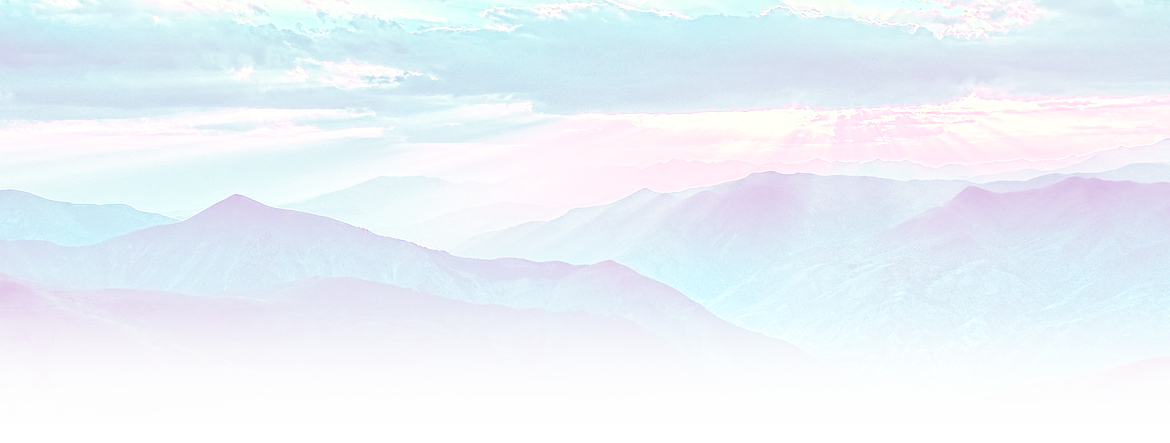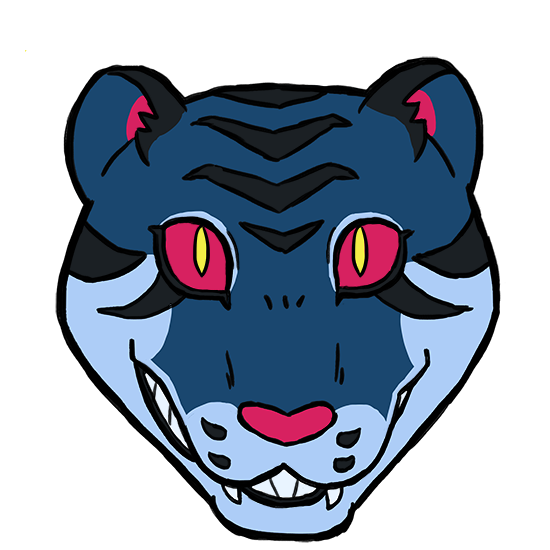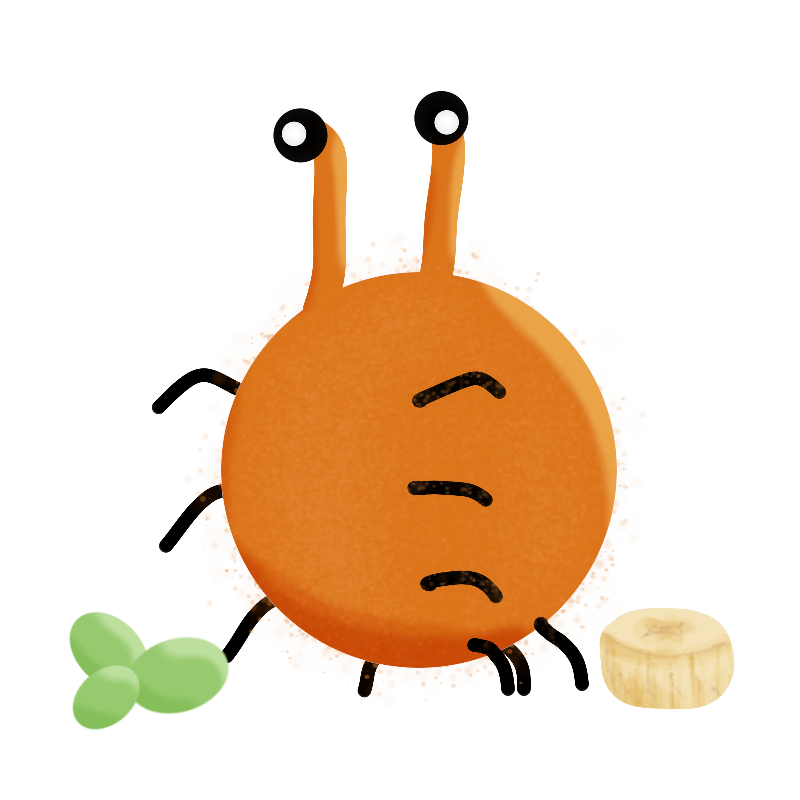
Goosujati is an ideographic writing system solely used for leaving concise but important messages that are visible at a far distance. The symbols can be painted on any flat or semi-flat stone surface (called a 'Tjakha') using harjgga, often just by using one's hands. Tribes have been known to haul large rocks for long distances if no natural surfaces are available to paint on in the vicinity where the message needs to be left.
Cover image:
by
RÜŞTÜ BOZKUŞ




























That glyph means there's an impassable water hazard three stone's throws away? I love this so much. I like all the thought you've put into each glyph.
Explore Etrea
Thank you! Was unexpectedly challenging to both keep it as minimal as possible yet also consider what'd be easy for the planet's inhabitants to universally interpret. :)